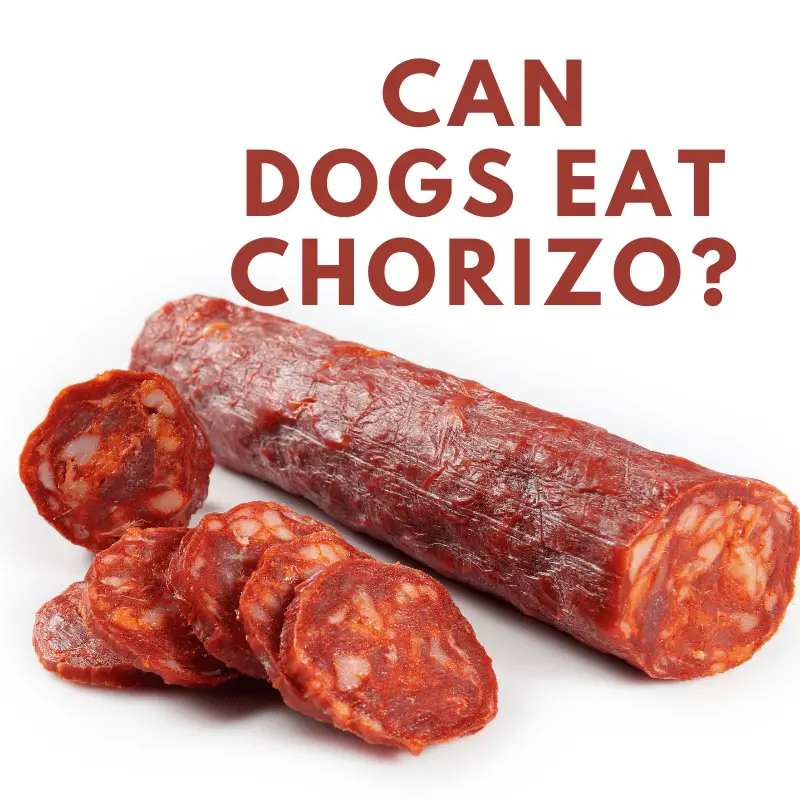You are probably here because your dog has eaten chewing gum. Eating chewing gum could have happened outside when you were walking your dog, or it could have happened at home.
The critical thing to know is what happens when dogs eat chewing gum. What signs to watch for and what to do if this happens.
If your dog eats chewing gum with xylitol, an artificial sweetener, they can get a severe illness. Otherwise, tiny amounts of chewing gum will naturally move through the digestive system and come out in your dog’s stool but only if it doesn’t contain xylitol. Just one piece of chewing gum containing xylitol to small dogs can cause serious health problems. If your dog has eaten an excessive amount of chewing gum that isn’t sugar-free, you will need to take them to see a vet because it can also cause intestinal blockages.
Sugar-Free Chewing Gum
A piece of sugar-free gum will likely contain xylitol, an artificial sweetener and highly poisonous to a dog. The chewing gum brands substitute natural sugar for an alternative artificial sweetener.
Xylitol Poisoning
Xylitol is very toxic to a dog and can cause hypoglycemia.
Hypoglycemia happens in a dog’s body because the pancreas releases high amounts of the hormone insulin, which moves the glucose around the bloodstream; however, this excess release of insulin to combat xylitol causes a drop in blood sugar.
Xylitol stimulates extreme insulin secretion, leading to hypoglycemia and, if left untreated, will result in acute hepatic failure and coagulopathies.
The only way for a dog to survive is prompt action to get the dog to a veterinarian for aggressive veterinary care.
The Toxic Dose Of Xylitol
The harmful dose of xylitol depends on how much your dog has eaten.
The amount that causes a dog to have low blood sugar is about 0.1 grams per kilo of body weight.
For example, if your pet weighs 10 lbs. (4.5kg), the toxic dose that will cause hypoglycemia is about 0.45 grams.
Most chewing gums typically contain 0.22 to 1.0 grams of xylitol per piece of gum.
That means ingesting one piece of gum can result in hypoglycemia, and any amount more can cause severe liver disease.
How long does xylitol poisoning take to show in dogs?
From ten minutes to twelve hours, and if you suspect your dog has eaten xylitol, it’s essential to take them to the vets for care as soon as possible.
Symptoms
- Vomiting
- Weakness
- Collapse
- Seizures
- Loss of balance
You must contact your veterinarian for any of the above as quickly as possible. Early diagnosis and treatment can save your dog.
Treatment
Your veterinarian will assess the best treatment for xylitol poisoning for each dog, including induced vomiting, monitoring and IV fluids. Prognosis is very good with early intervention.
Why does xylitol affect dogs differently than humans?
The body reacts differently. In people, xylitol does not cause insulin to be released. But in dogs, when xylitol is consumed, the pancreas releases a lot of insulin, which causes hypoglycemia.
Intestinal Blockages
If your dog has eaten chewing gum that does not have xylitol, the other worrying problem that can arise from dogs eating chewing gum is intestinal blockages.
Due to the substance of chewing gum, it’s hard for a dog’s body to break it down and pass it through its digestive system.
Depending on how much your dog has eaten, you should, in this case, contact your veterinarian.
Signs
- Bloated stomach
- Dehydration
- Diarrhoea
- Hunching over
- Loss of appetite
- Out of character, sad or feeling down
- Vomiting
- Weakness
- Whining
What To Do
For any of the symptoms above, you should contact your veterinarian.
Diagnostics and Treatment
Foreign bodies are diagnosed by imaging such as endoscopy or X-ray. Treatment for blockages will be surgery to open up the abdomen or intestine to remove the blockage.
Will a tiny amount of chewing hurt my dog?
A tiny amount of chewing gum won’t hurt your dog; however, you need to be aware of what you consider a tiny amount. Sugar-free chewing gum has an ingredient for sweetness called xylitol which is very toxic to dogs even in small amounts.
The size of your dog can determine how concerned you are if it eats a piece of chewing gum. If a chihuahua eats a piece, I would be more concerned than if a large dog breed such as a labrador ate one.
If a dog has eaten a tiny amount of chewing gum compared to its body size, it will pass out in its stool. However, depending on how much a dog has consumed, it could go on to cause hypoglycemia, followed by liver damage or internal blockages. If so, you will need to take your dog to see a vet.
If in doubt, always visit your vet. Don’t anxiously hang around waiting for symptoms to show. By then, it could be too late.
Xylitol Found In Many Foods (Artificial Sweeteners)
- Chewing Gum
- Tooth Paste
- Mouthwash
- Low-Fat Foods, such as yoghurt, cakes, biscuits, jelly, and cereals
You can find artificial sweeteners in many items. You need to read the back of food labels and keep things out of your dog’s reach.












